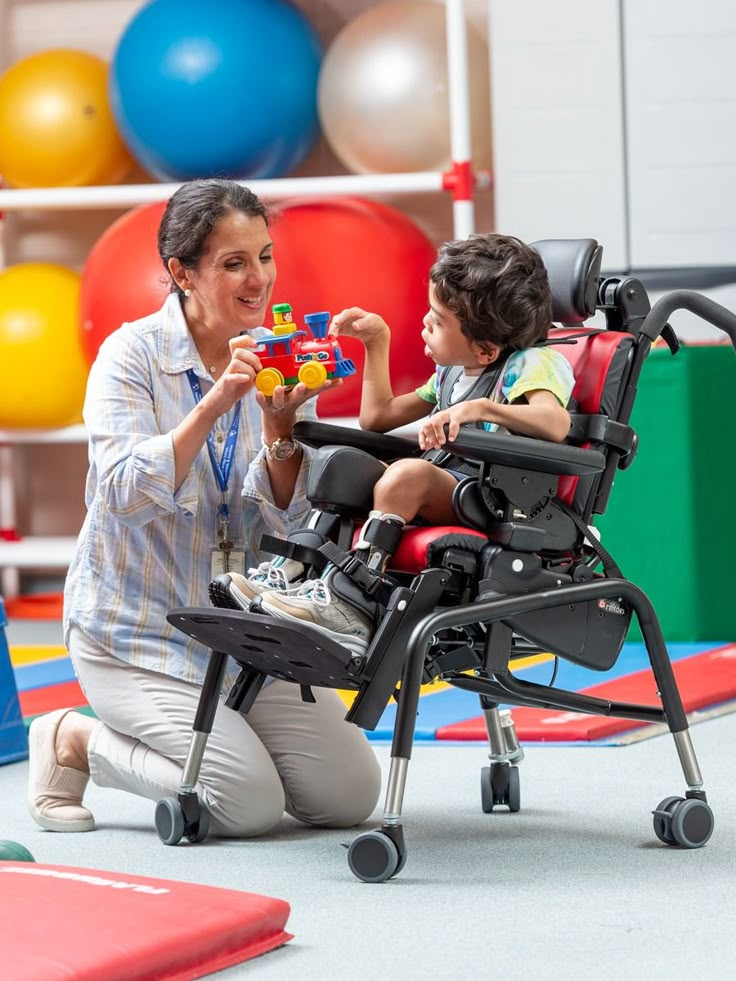Donate an Electric Wheelchair and Support Physical Disabled Persons in Your Community
Introduction: The Power of Mobility Mobility is a cornerstone of independence, dignity, and quality of

We live in an age of unparalleled wealth and innovation. Technological breakthroughs, scientific achievements, and natural resource discoveries have enriched a few but impacted many. However, what if these resources could be strategically redirected to transform the world positively? What if instead of accumulating, wealth began healing?
This blog post is a journey. Not just into wealth itself, but into how that wealth—especially when derived from science, rare elements, advanced medicine, and innovation—can fuel global impact. Anchored by the vision of worldscientificimpact.org, we will explore the bridge between innovation and humanitarianism. This is about aligning privilege with purpose and transforming wealth into a force that changes lives.
Wealth is no longer just about gold, oil, or tech stocks. It’s about the potential of substances like Californium-252, valued at millions per gram, or pharmaceuticals like Zolgensma that can alter a child’s future. These substances, while costly, represent breakthroughs that can become tools of global healing if made accessible.
Scientific wealth includes:
While their financial value is astounding, their true worth lies in what they can do for humanity—if redirected consciously.
The central ethical question of the 21st century isn’t how to make money, but how to use it. Ethical investment begins by prioritizing human needs. It means asking:
This is not fantasy. Through responsible commerce and initiatives like those promoted by worldscientificimpact.org, science becomes a moral tool.
Rare elements have always had mystique—but today, they also have utility. When responsibly sourced and ethically sold, these materials become fundraising pillars.
Gene therapies like Zolgensma and Luxturna aren’t just expensive drugs—they’re symbols of modern miracles. But access remains elite.
Through philanthropy and aligned commerce:
People with disabilities often face compounding marginalization—social, economic, and medical. With wealth channeled correctly, this changes.
Initiatives include:
Proceeds from global buyers of rare elements can now fund micro-grants for assistive tech. Scientific progress is finally made accessible.
High-value commodities and innovations should not only serve the elite. By reinvesting portions of proceeds, organizations like worldscientificimpact.org support:
Elements used in green energy should also fund environmental resilience:
Every donation through our platform contributes to restoring the earth. Innovation meets sustainability.
When you purchase a rare pharmaceutical or element, the journey doesn’t end at your door. You contribute to:
Every transaction becomes transformation.
A child in Yemen receives a hearing aid. A woman in Cameroon receives training in biotech entrepreneurship. A disabled boy in Ukraine gets a 3D-printed prosthetic limb.
These aren’t hypotheticals. They’re examples of how donations and purchases drive global change.
Wealth isn’t evil. It’s neutral. But what we do with it defines our humanity. Whether you are a buyer, investor, or donor, your role is crucial.
Start today:
“Transforming Wealth Into Global Impact” is more than a blog post. It’s a call to action. It asks every reader to turn wealth into wellness, power into purpose, and investment into inclusion.
Join us. The world needs your innovation. The world needs your heart.
**Ready to give, shop, and transform lives? Visit worldscientificimpact.org and take the first step toward impactful giving.”
Introduction: The Power of Mobility Mobility is a cornerstone of independence, dignity, and quality of
Introduction: Empowering Mobility with the 600 ES Power Wheelchair Mobility is fundamental to independence, confidence,
Introduction: Understanding Anavar and Its Uses Anavar, also known by its chemical name Oxandrolone, is